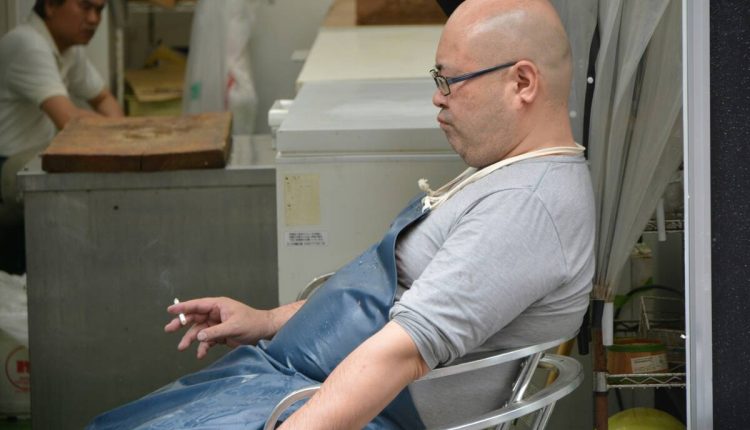Hair Transplant Before After
A hair transplant is a procedure in which healthy hair is moved from other parts of the scalp into areas with thin or no coverage. It is usually performed by dermatologists (healthcare providers specializing in the skin) or plastic surgeons. Find the best Hair transplant in Turkey.
Hair restoration offers a long-term solution to hair loss and can be styled, maintained, and managed just like natural hair.
What to Expect
After your hair transplant, both donor and recipient areas will begin the healing process, which may cause some pain, itching, or redness; however, most patients report only minor symptoms that can easily be managed using over-the-counter anti-inflammatory medication.
Avoid touching or scratching the area, and avoid rubbing or exposing it to sunlight, as this may dislodge scabs. We provide shampoo and foam, which should be used daily until all scabs have disappeared from your scalp; using skin moisturizer can also offer relief from itching.
Once a week has passed, you can resume washing your hair as usual if there is no excessive itching or breakouts around where follicles were implanted; any visible pimples at this site should soon subside on their own.
After approximately one month, you should begin to notice some new growth; however, it’s important to remember that transplanted follicles don’t grow at the same rate as natural hair so that you may see some differences later. Your hair will continue to thicken over time and may reach its final length within one year of transplanting, during which time you may cut and style as desired.
Pre-Operative Procedure
Hair transplantation can provide a permanent solution for areas of thinning or balding on the scalp, providing plenty of flexibility with styling the transplanted hairs as desired. However, new hair may still fall out over time due to factors like natural aging and genetic patterns of baldness.
Before your procedure, it is recommended that no shaving or cutting should take place in the donor area (i.e., where healthy hairs will be harvested) for at least two weeks in order to aid your surgeon in designing an optimal shape for implanted grafts. It would help if you also refrained from taking vitamins B and E, which could increase bleeding; smoking and any activities that interfere with clotting must also be avoided as these could interfere with healing processes.
On the day of your procedure, be sure to wash and condition your hair carefully. Any styling products that could irritate the scalp should also be avoided to minimize pain post-operation. Likewise, clothing should not require you to pull it over your head as this could potentially worsen symptoms post-surgery.
Sleep with your head elevated on a pillow for the first several days after treatment to minimize swelling, and don’t color your hair for at least a month, as coloring could damage new follicles.
Post-Operative Procedure
An expert and his or her team will extract hair from the back and sides of your head (and, depending on your needs, from other bodily areas) in order to use it to fill in places where you are losing hair. This procedure could take anywhere from an hour or more, depending on how many grafts are required.
After your procedure is over, it’s essential to wear a hat or scarf until scabbing and swelling have subsided. A hat will keep transplanted follicles protected from external factors and also protect the scalp by keeping accidental pulls away that could cause them to fall off prematurely.
Your doctor will give you a bottle of saline spray that you must regularly apply to your scalp to speed healing, protect against infection of incisions, and avoid scabbing – one of the critical elements in ensuring optimal transplant results.
By Day 4, it should be safe to resume most normal activities (although we suggest wearing a scarf or hat until all scabs have disappeared entirely). By Day 10, all the transplanted hair should have firmly attached itself, staples will have been removed, and your new buzz cut should look much like any other buzz cut!
Aftercare
After receiving a hair transplant, it is critical to follow all aftercare instructions provided by the surgeon in order to speed up healing and protect grafts from infection. In addition, patients should wash their scalp twice daily with mild shampoos while also taking any oral medications as directed by the physician.
Patients must avoid hair styling products which will disrupt new follicles. Furthermore, activities like swimming or other sports that could result in sweaty scalps should also be avoided. Sleeping flat should also be avoided in favor of sleeping in an inclined reclined position to limit the effects of gravity on new follicles.
Swelling following a hair transplant surgery is common and can be managed through the application of cold compresses several times daily to the head. Furthermore, smoking should be limited within the first week after surgery as these activities could increase the risk of blood clots.
Hair transplant surgery is a cosmetic process designed to restore fullness to the scalp and give a more youthful appearance. However, it’s important to maintain realistic expectations as it takes at least 12 months for new hair growth to emerge from each graft.


